Roofing felt should not be exposed to the weather for more than one or two weeks. The elements easily damage the roofing felt base despite being somewhat waterproof. Although Roofing Felt is the protective layer, it can get wet. Perhaps, even when wet, roofing felt will maintain its integrity until it is exposed to other elements for more than a week or two.
It can even break down in sunlight, as well as due to the amount of moisture. You should not leave roofing felt exposed for more than a couple of days. Most experts agree that three days is the maximum amount of time that roofing felt should be left uncovered. This means that you must plan your roofing project carefully and prepare for contingencies before starting your project.
The synthetic base is resistant to UV damage and some can remain exposed to the elements for up to six months. This is a real benefit when the sequence of construction requires a delay between the installation of the felt and the roof covering. As long as the roofing felt is not exposed to the weather for more than a few days, it will not lose its integrity when it gets wet. If the felt is still wet when shingles are laid, it may break when shingles are installed.
When it comes to the longevity of a flat felt roof, most manufacturers' warranties are only valid for 10 years. Roofing felt, if properly laid and maintained, has the potential to survive for a longer period of time, but it will take more effort and money to keep it in good condition. Tar paper is a sturdy paper that is often used in the construction industry. It is possible to make tar paper by impregnating paper or fiberglass mat with tar, resulting in a waterproof material that can be used in roof construction.
Tar paper has been used for thousands of years. In theory, synthetic felt can be exposed for up to 90 days without breaking, although paper felt is more resistant to tearing than synthetic felt. It is lighter and comes in wider widths, making it easier to handle. In today's market, the synthetic subfloor (technically the synthetic non-bituminous subfloor) is the subfloor of choice for the vast majority of roofing specialists.
The asphalt has been soaked in the synthetic base base. The inclusion of fiberglass improves the tear resistance and stability of synthetic materials. According to me, the peel-and-stick subfloor product is the most creative and worth the extra cost that homeowners make in this area. This product is a self-adhesive modified fiberglass rolled membrane that seals when pierced with nails and is available in a variety of colors.
When shingles are removed from the roof during a storm, they provide the best protection from the elements. Base for ceilings that is easy to apply with a peel-and-stick method. A peel-and-stick roofing felt that allows a high temperature, ideal for metal roofing, for example, or one with a water barrier that is installed under the fiber cement roof are examples of this type of roofing feel. A leaky roof installation could cause a new roof to fail.
In the presence of excessive moisture, shingles and roofing materials may not adhere well to smooth surfaces. During the installation process, if the siding or wood is damp, they can trap moisture inside the ceiling, which can lead to mold, rot and other serious problems. Synthetic base materials are rapidly gaining popularity in the roofing industry because they are stronger and lighter than conventional felts, and can be installed in less time. It is not a breathable roof base, but proper ventilation is needed to prevent moisture from getting trapped in the roof covering and causing mold to grow.
Roof covering or wet felt paper should not be covered with shingles if they are wet or damp. When the sun heats the tile, the moisture that has been trapped cannot evaporate. It is not recommended to cover flashing materials with caulking, roofing tar or asphalt mixtures. The first thing to note is that we don't recommend walking on your concrete tile roof, if possible.
Concrete tiles are undoubtedly durable. However, they are not meant to be trampled on in any way. With each step you take on the tiles, you apply pressure to them, which could cause them to fracture or loosen. The subfloor of the roof is a membrane that protects the plywood or the “deck” of your roof from water penetration.
It is laid before laying the shingles and serves as an additional layer of preventing water penetration. The use of subfloor is not always required, but it should be used on low-slope roofs and on sections of your property where there is a significant danger of water damage. It has been used for decades and remains the product of choice for all major manufacturers when it comes to installing nails and staples under the carpet. Synthetic underlayments are optimal due to their resistance to tearing during application, as well as during the waiting time of roof installation.
Used as waterproof roofing on commercial and residential roofs for decades, these membranes comprise two layers, meaning they are waterproof. Tar paper, also known as roofing felt, is a volatile moisture barrier, as well as the additional protective layer between plywood and shingles. Bubbles or wrinkles can generate some heat pockets that can ultimately damage the shingles over time, while tears harbor the roofing felt's ability to secure the roof. It is also essential to do everything correctly, since the roof protects your house and everything inside it.
Although it may not be necessary to staple synthetic subfloors, depending on local roofing and fire requirements, it may be necessary to do so. Even several roofing experts have identified that adding a protective layer between the roof deck and the roof shingles develops a superior looking and durable roof. Once some courses have been installed, the roofer proceeds to install the shingles before the felt has a chance of creasing. Staple heads or simple roofing nails may break through the subfloor while in use.
This makes it a challenge both for homeowners, who need something to cover their roof right away, and for roofers, who are struggling to care for everyone in need. In large-scale projects, for example, work can be done in stages, making it difficult to cover the roof with underlayment on the same day. The green building trend is likely to mean the disappearance of traditional roofing felt, at least in many markets. .
.
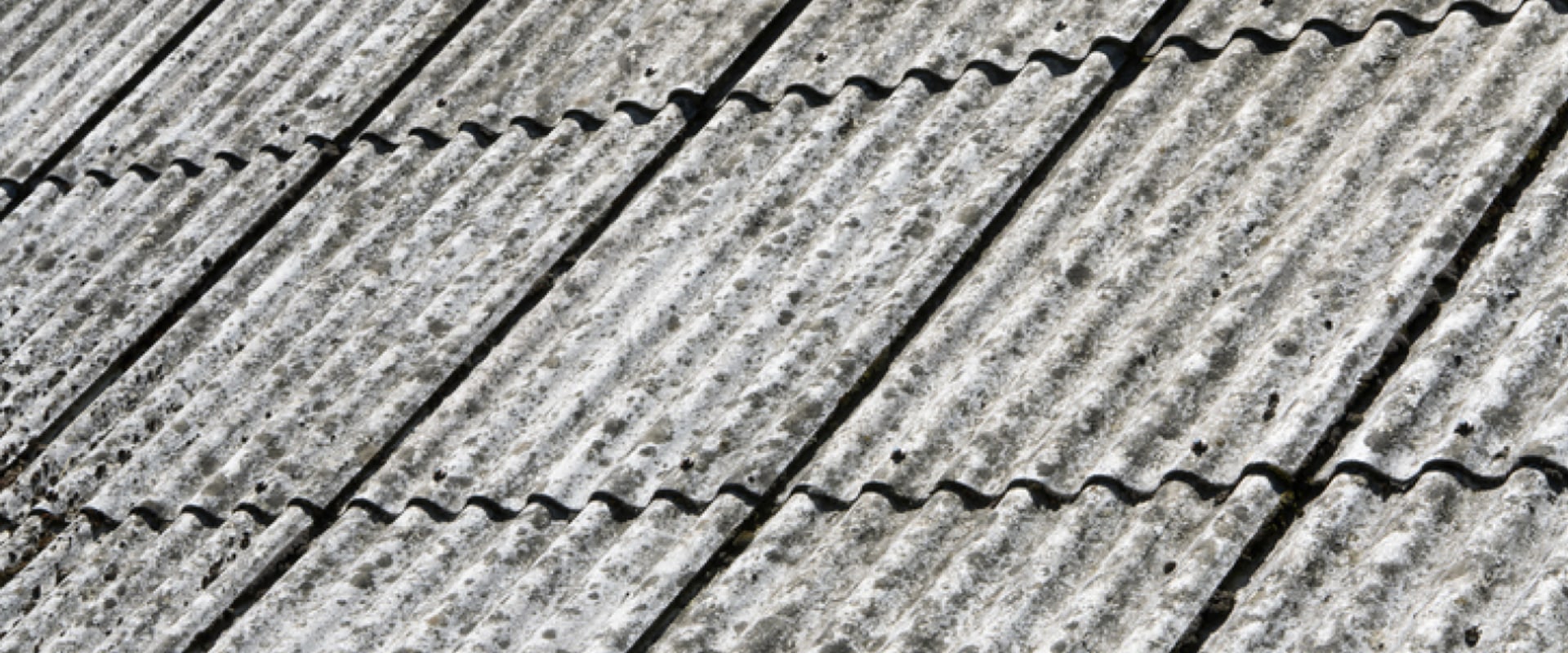
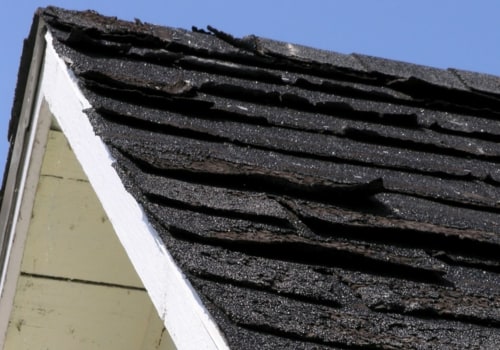
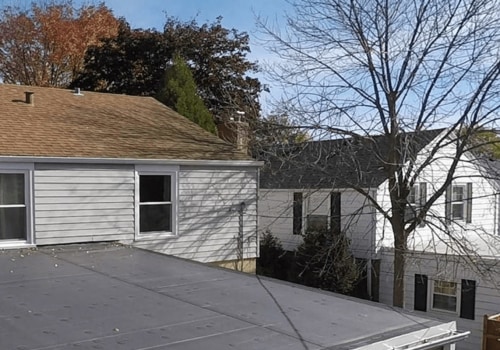

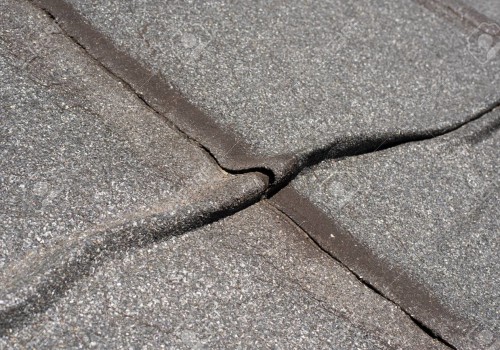
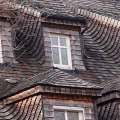
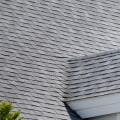

Leave Reply